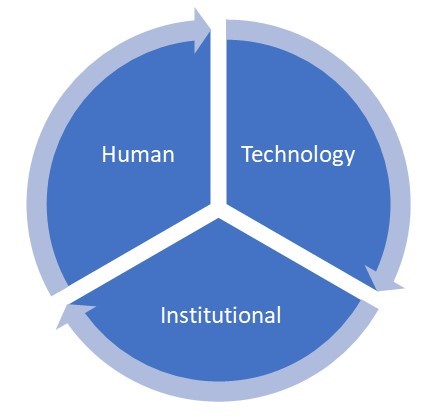

Smart cities are accelerating their adoption of new technology. With the global smart cities market expected to reach over USD $200 billion by 2025 and growing well into the double digits, the amount of new technologies being deployed in today’s smart cities is huge, but smart cities also need equally intelligent frameworks if they are to make the promise of this new technology a reality.
Smart cities are based on the idea of making people’s lives easier and technology run smoother, but how is this done? The first thing you need to do is define exactly what the community is. This refers to geography, links between cities, countryside, borders, and how people navigate between them. Once you have that basic understanding, the community’s specific attributes themselves need to be defined. Understand what potential benefits are gained by such an initiative before moving ahead. Know what needs the citizens and community currently have, business, logistical or otherwise.
Study the community’s unique attributes and those of the people, such as age, education level, hobbies, and attractions of the city. From there, a smart city policy can begin to be developed. Developing a comprehensive policy will help to drive initiatives such as roles, responsibilities, objectives, and goals. This structure will incorporate plans and strategies for how objectives will be achieved. The last step is to engage the citizens of the community. This is done using things like for-government initiatives, open data, and sporting events.
Cities must study their citizens and communities, know the processes, business drivers and create policies, and objectives to meet citizen needs. a smart community makes a conscious and agreed-upon decision to deploy technology as a catalyst to solving its social and business needs. A successful smart cities policy hinges on three main elements & how they can be tailored to an area and implemented effectively.
The first and arguably most important is the Technological element. Technology is the glue that brings the other two crucial elements, Human and Institutional, together. the Technological piece of a smart city is multifaceted, composed of many different combinations of tech infrastructure. For example, one of the main purposes of a highly digitized city is to create an environment in which citizens, the government, and its employees are interconnected and easily share information anywhere in the city. Through this process, it allows for the collection of local information, which is then delivered to various public portals and easily obtained via IT infrastructures.
The human component is the crucial axis for smart city development, in which creative occupations, workforce, knowledge networks, and voluntary organizations are implemented. Intellectual and social capital are indispensable factors for building a city, a plan must be created to help nurture development and creativity. Building centers for education and job training are important ways of doing this. These centers for higher education include high tech and knowledge-sensitive industries. This helps cultivate a more dynamic and productive community, forward-thinking and ready to compete in a global economy.
The third piece is Institutional engagement, this is essential to the success of smart community initiatives. Engaging with local businesses and institutions helps generate investment and support. Stakeholders and investors must be queried regularly to foster stronger involvement in city development. Institutions can be a catalyst to the deployment of new technology for solving social and business needs, only if they are confident in the plan’s viability. The best way to gain the confidence of potential investors is with a strong and well-defined policy.


